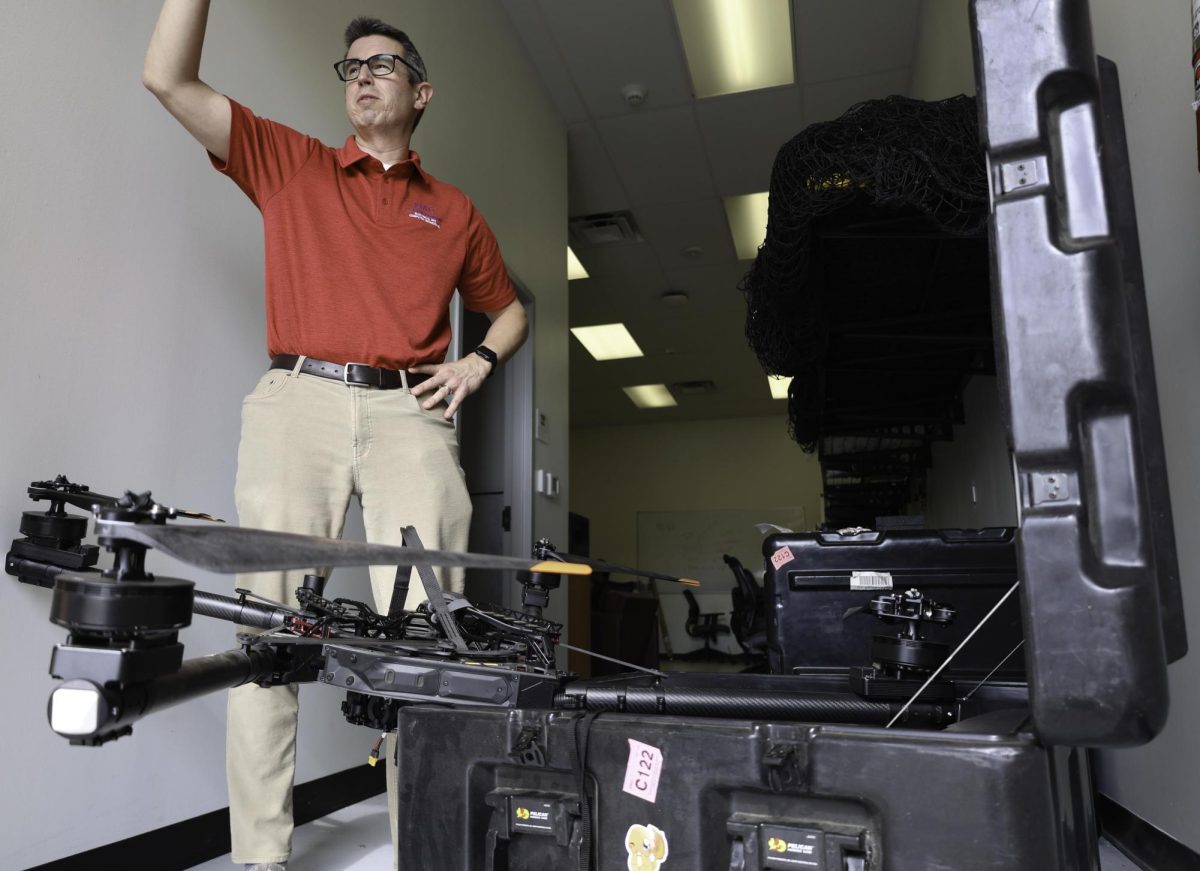Even after his death, “Crocodile Hunter” Steve Irwin is still dealing with wild animals.
These animals aren’t angry crocs or 16-foot cobras, but they are hungry newsrooms and Internet video sites that all want a bite out of the tape that captures Irwin’s fatal encounter with a stingray.
Rumors are running faster than cheetahs that the footage might be released to the public. However, Discovery Communications assures that there is no truth to the controversial gossip.
The tape is currently in possession of the Queensland, Australia Police Department, where it needs to stay safely away from predators, such as Internet video junkies. In an era where almost everything finds its way to the Web, this is one video that must not appear on “Ebaums World” or other similar video sites.
This is not a “Jackass” stunt that high school boys find comical; this is the brutal death of a loved son, husband, father and friend.
Ethical questions are also arising in the media as whether they should broadcast the fatal video, especially after Irwin’s chilling words in a 2002 Associated Press Radio interview are brought back to life. “If I’m going to die, at least I want it filmed,” he said.
At the time his statement sounded as outrageous as his animal stunts, however, now that Irwin’s surprise death was captured on video, officials and media elites are unsure what to do with the footage and his frightening prediction.
In many cases, video accompanies the news broadcast to serve the public and further explain the story. In this instance, the video does the public no good. We all understand Irwin was killed after the stingray’s poisonous spine stabbed him in the chest. What good would seeing this horrific tragedy do?
Samuel G. Freedman, who teaches a media ethics class at the Columbia University Graduate School of Journalism, believes there is no “compelling public interest” in the release of the footage.
“It would be purely titillation and necrophilia if anyone were to show this,” he said in an Associated Press report.
And he’s right. We have become extremely desensitized to graphic videos from images from the war in Iraq, from the crisis in the Middle East and from last year’s Hurricane Katrina. Seeing these pictures repeatedly takes out the true shock-value and devastation, because as viewers we fail to see the horror beyond the TV screen. We fail to remember there are grieving families, crying mothers and confused children. And thus we fail to recognize the tragedy.
More importantly, the family and friends of Irwin need to be protected, not exploited by allowing the world to see his struggle for life. His two young children, plus millions of young adoring fans, are not mature enough to see their hero dying.
Tony Pederson, SMU professor and Belo Distinguished Chair in Journalism, does not justify the release of the video on “any ethical grounds,” and believes “the release of the video would only serve sensationalistic interests.”
It is not fair to publicize the video of a dying man, just because some people are curious to see the graphic images. The media and video Web sites must respect the privacy of Irwin and his family by withholding the footage.
Instead, let our last look at the “Crocodile Hunter” be that of him happily waving on his boat, and keep his heroic legacy as the bridge between wildlife and humankind alive.
About the writer:
Annalise Ghiz is a senior journalism and foreign language/literature major. She can be reached at aghiz@smu.edu.








